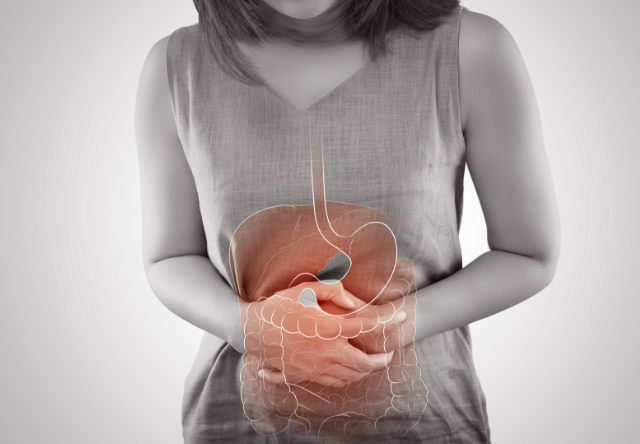Crohn’s Disease & Ulcerative Colitis
- Home
- Crohn’s Disease & Ulcerative Colitis
Compounding for Crohn’s Disease & Ulcerative Colitis

What is Crohn’s Disease?
- Diarrhea
- Fever
- Fatigue
- Abdominal pain and cramping
- Blood in the stool
- Mouth sores
- Reduced appetite and weight loss
- Pain or drainage near or around the anus due to inflammation from a tunnel into the skin (fistula)
Crohn’s Disease
Crohn’s disease causes inflammation of the digestive tract (mouth, esophagus, stomach, small intestine, large intestine, anus) and symptoms caused by that may be abdominal pain, severe diarrhea and fatigue. Different areas of the GI tract may also be affected in different people.
In some people with Crohn’s disease, it only affects the colon. In others it may also affect the small intestine only.
Crohn’s Disease and Ulcerative Colitis (UC) fall under a condition called Inflammatory Bowel Disease (IBD) and are characterized by chronic inflammation in the gastrointestinal (GI) tract.
An estimated 30% of patients with inflammatory bowel disease (IBD) don’t respond well to current therapy or may relapse over time. New treatment options are necessary and Low Dose Naltrexone (LDN) may be able to help these patients.
The disease can often be debilitating. A great compounding pharmacy like ICP Folsom may be another resource for you to consider using in your quest. Contact ICP Folsom today by calling: 866.470.9197

